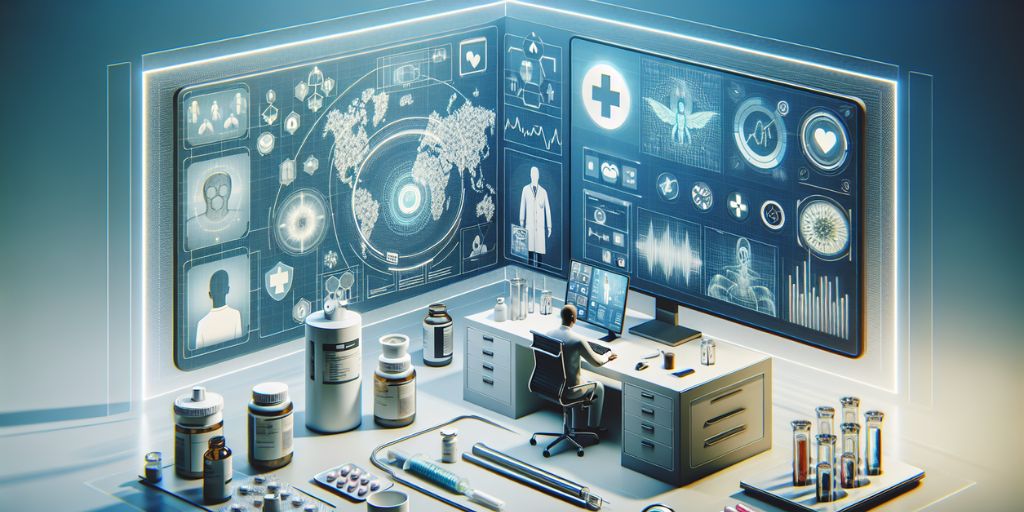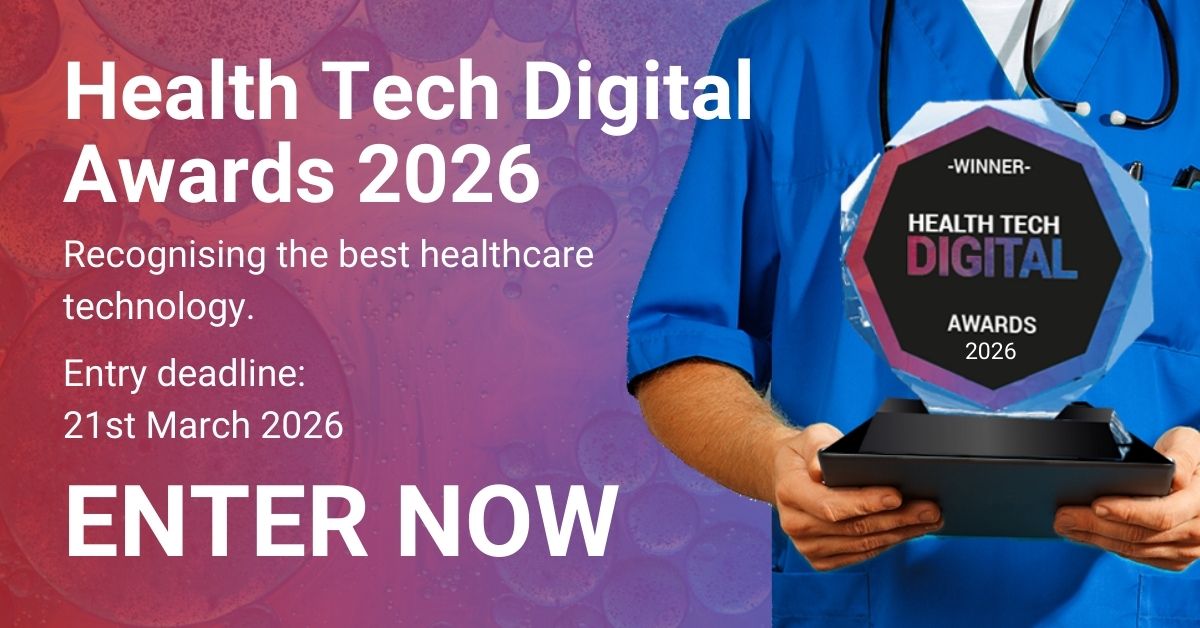
The combination of telehealth and pharmaceutical patient support programs is reshaping how care is delivered. Telehealth advancements are bridging gaps in patient access and medication adherence. This transformation holds promise for both patients and healthcare providers.
Telehealth has emerged as a game-changer in the healthcare industry, particularly in pharmaceutical patient support programs. The integration of digital health technologies has provided patients with easier access to medication management and personalized care. As these innovations continue to evolve, they offer significant benefits to both patients and healthcare providers.
The growing rise of telehealth in pharmaceutical care
The adoption of telehealth in pharmaceutical care is driven by the need to improve patient outcomes and streamline processes. With advancements in technology, patients can now consult with healthcare providers remotely, ensuring timely interventions and support. This shift is particularly beneficial for those living in remote areas or those with mobility issues.
One crucial aspect of this transformation is the ability to monitor and manage medications effectively. For instance, when it comes to pharmaceutical manufacturing, the analysis of mutagenic impurities is vital to ensure patient safety. As more treatment-data is collected and analyzed the impurity standard researchers may be able to collect further information for genotoxicity level regulating.
With telehealth, medical treatments adverse effects can now be detected and addressed promptly through remote monitoring systems.
Improved patient engagement and adherence.
Telehealth platforms have significantly improved patient engagement and medication adherence. Patients now have access to educational resources, reminders and virtual consultations, making it easier to stay on track with their treatment plans. Digital platforms have been shown to enhance communication between patients and healthcare providers, fostering a more collaborative approach to care.
How using telehealth can make patients more interested
Telehealth is the delivery of healthcare services through information and communication technology. Telehealth can improve patient engagement and adherence to treatment plans by providing convenient, accessible care.
This is how you do it:
1. Easy to use:
- Telehealth eliminates the need for patients to travel a long distance to see a healthcare provider.
- Patients can schedule virtual appointments at times that are convenient for them.
2. Talking more clearly:
- Regular check-ins: Telehealth lets patients and doctors talk to each other more often.
- Virtual consultations can help patients and providers build a more personal relationship, which leads to increased trust and engagement.
3. Simpler to Use:
- There are no waiting areas and remote monitoring for patient tracking.
4. Support and education:
- Telehealth platforms can give patients educational materials and support groups to help them understand their health and take care of themselves. The goal is to help patients stay on track with their treatment plans.
5. Health Care Costs:
- Telehealth can reduce the need for expensive in-person appointments, which means lower overall healthcare costs. In turn, it makes patients perceive a lower barrier to follow through.
Just like anything else, thanks to the advances in telehealth technologies, pharmaceutical companies can offer tailored support programs that meet the unique needs of each patient. This new and personalized approach helps in addressing specific concerns, providing timely interventions and ultimately improving overall health outcomes.
Data-driven insights for better outcomes
The integration of telehealth in pharmaceutical support programs also brings a wealth of data that can be harnessed for better decision-making.
For example, of the top of our minds, the following patient related data can already prove benfits in treatment efficacy. This information can be used to refine support programs, ensuring they are as effective as possible
Patient-related data to base decisions:
- Demographics: Age, gender, ethnicity, socioeconomic status
- Medical history: Diagnosis, comorbidities, previous treatments
- Medication adherence: Prescription fills, medication usage patterns
- Vital signs: Blood pressure, heart rate, blood sugar levels
- Symptoms: Frequency, severity, impact on quality of life
- Healthcare utilization: Hospitalizations, emergency room visits
- Patient satisfaction: Feedback on telehealth services, treatment outcomes
Moreover, data analytics can help identify patterns and trends that may indicate potential issues before they become serious problems. This proactive approach enables healthcare providers to intervene early, preventing complications and improving patient outcomes.
The future of telehealth in pharmaceutical care
As telehealth technologies continue to advance, their role in pharmaceutical patient support programs will likely expand further. Innovations such as artificial intelligence (AI) and machine learning (ML) have the potential to revolutionize how care is delivered, offering even more personalized and efficient solutions.
Overall, the integration of telehealth into pharmaceutical patient support programs represents a significant step forward in healthcare delivery. By embracing these innovations, patients can receive better care while healthcare providers can deliver more effective support. The future holds great promise for continued advancements in this field.











